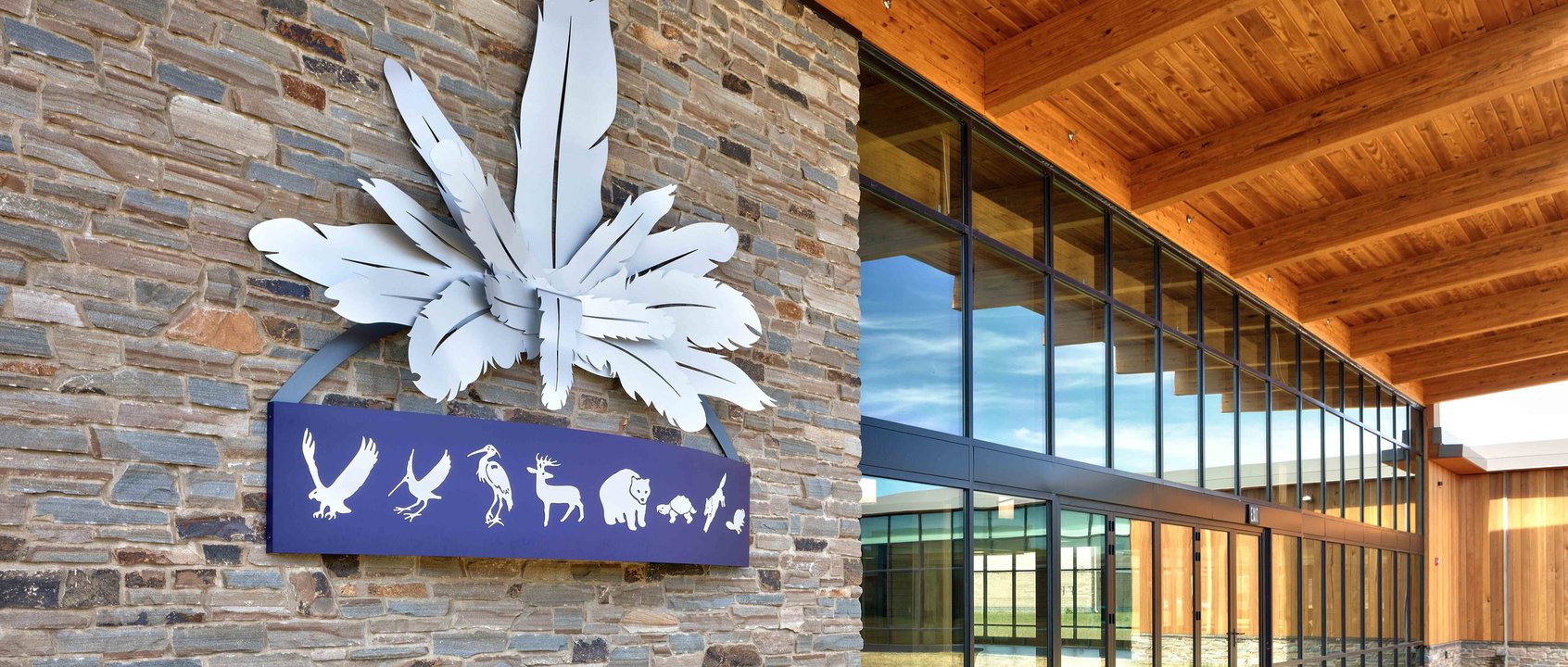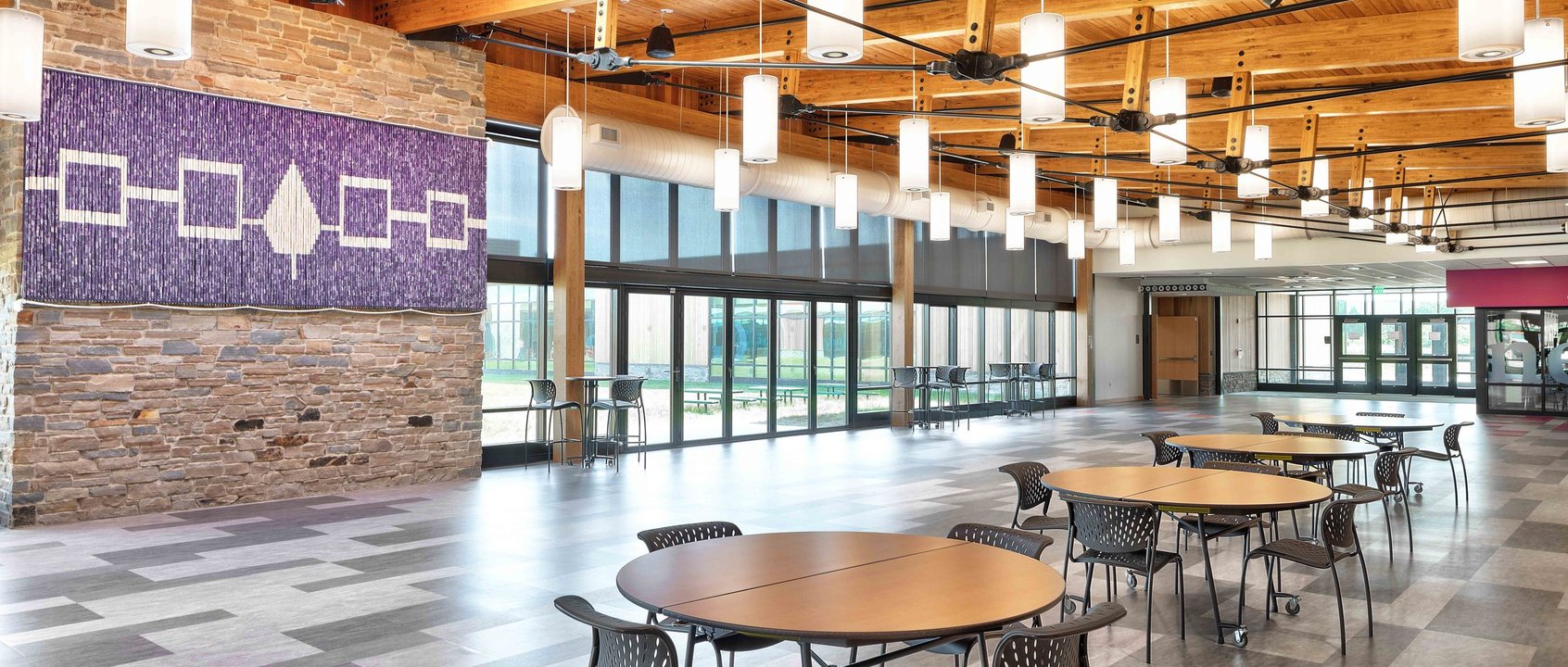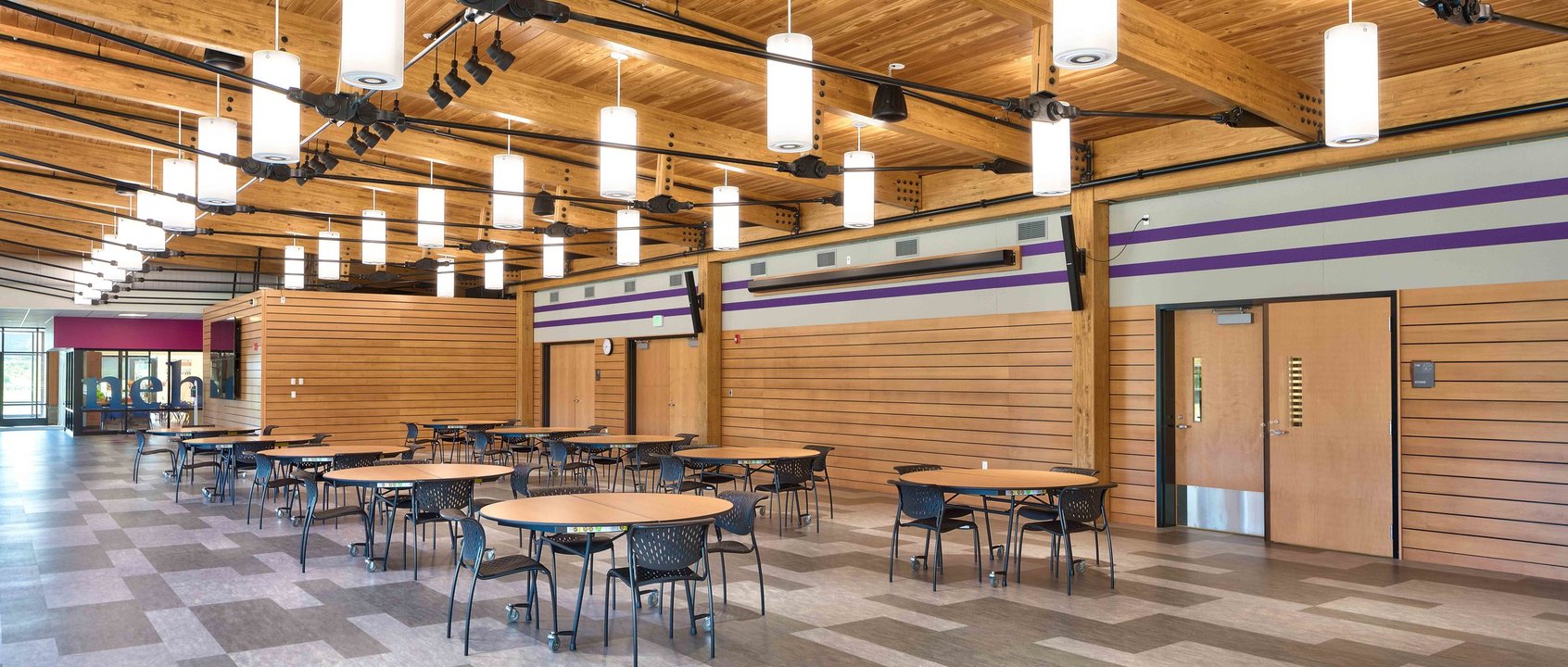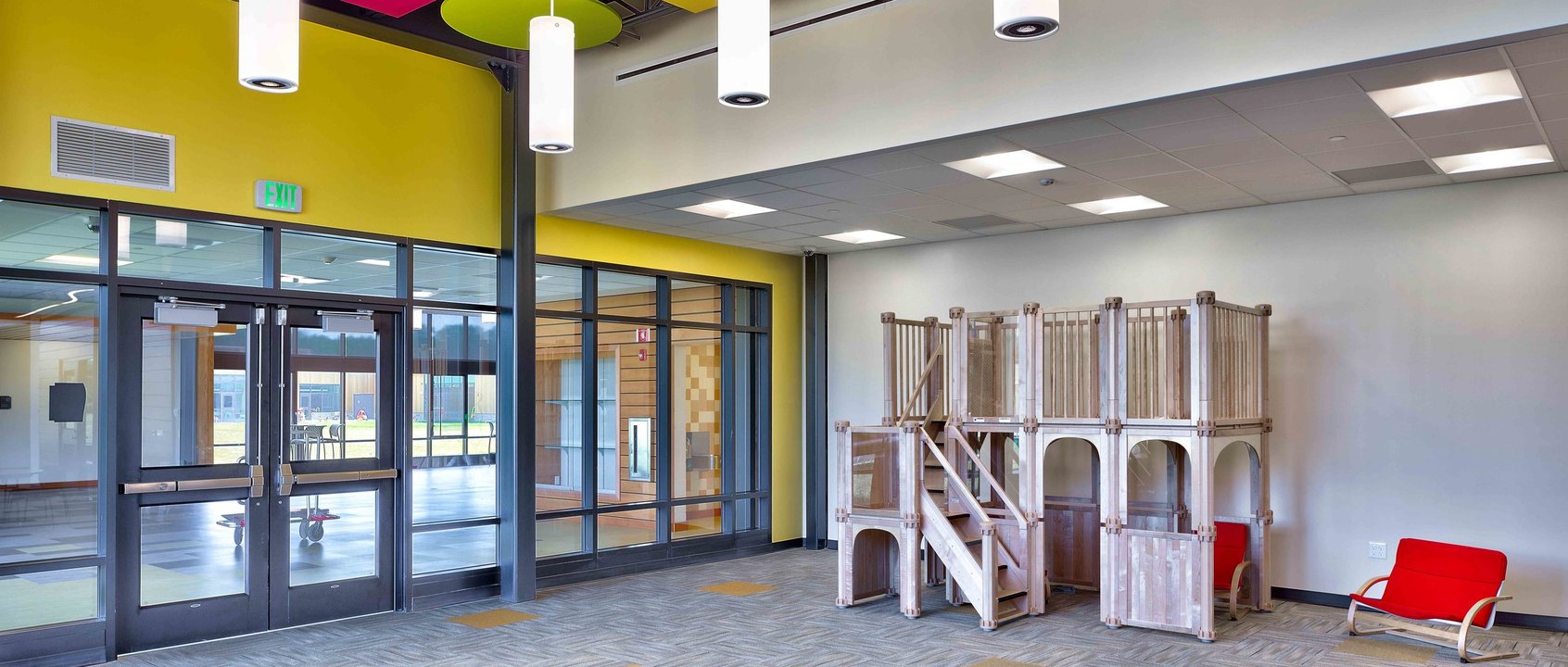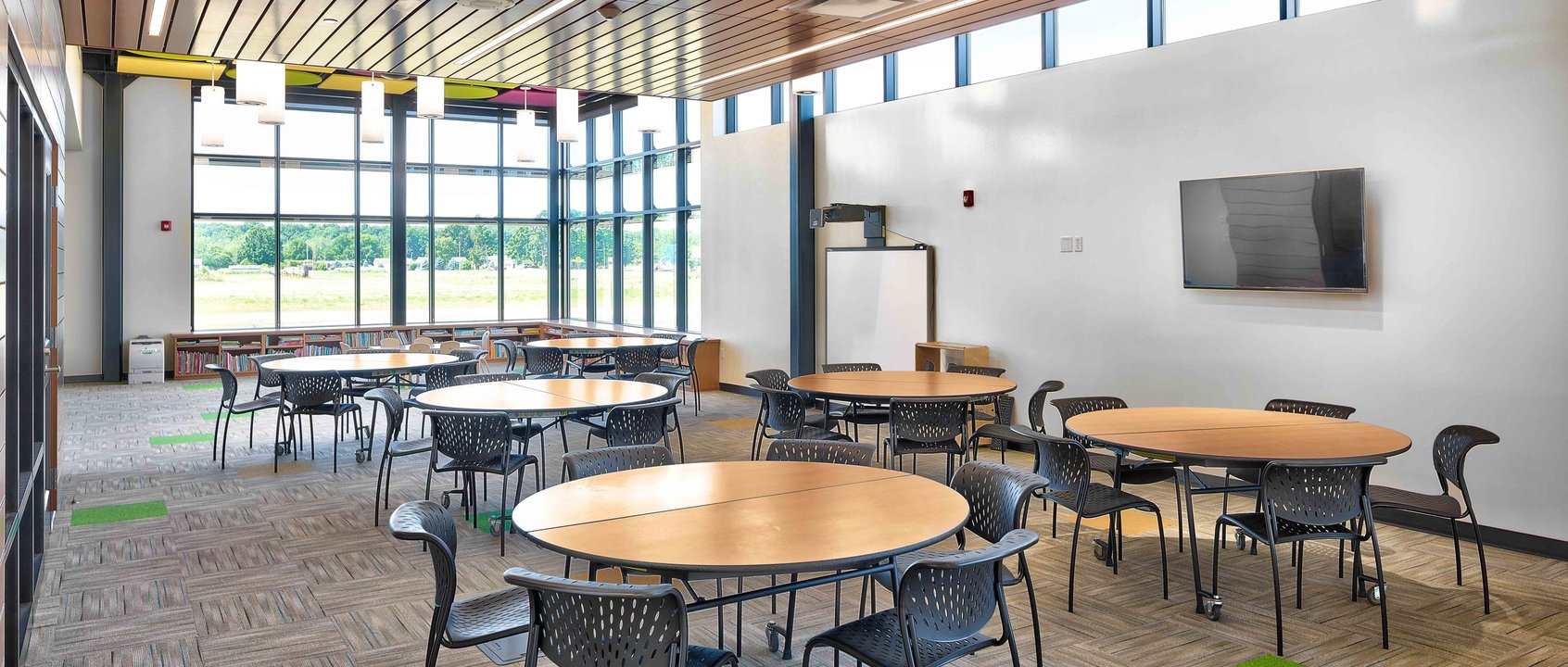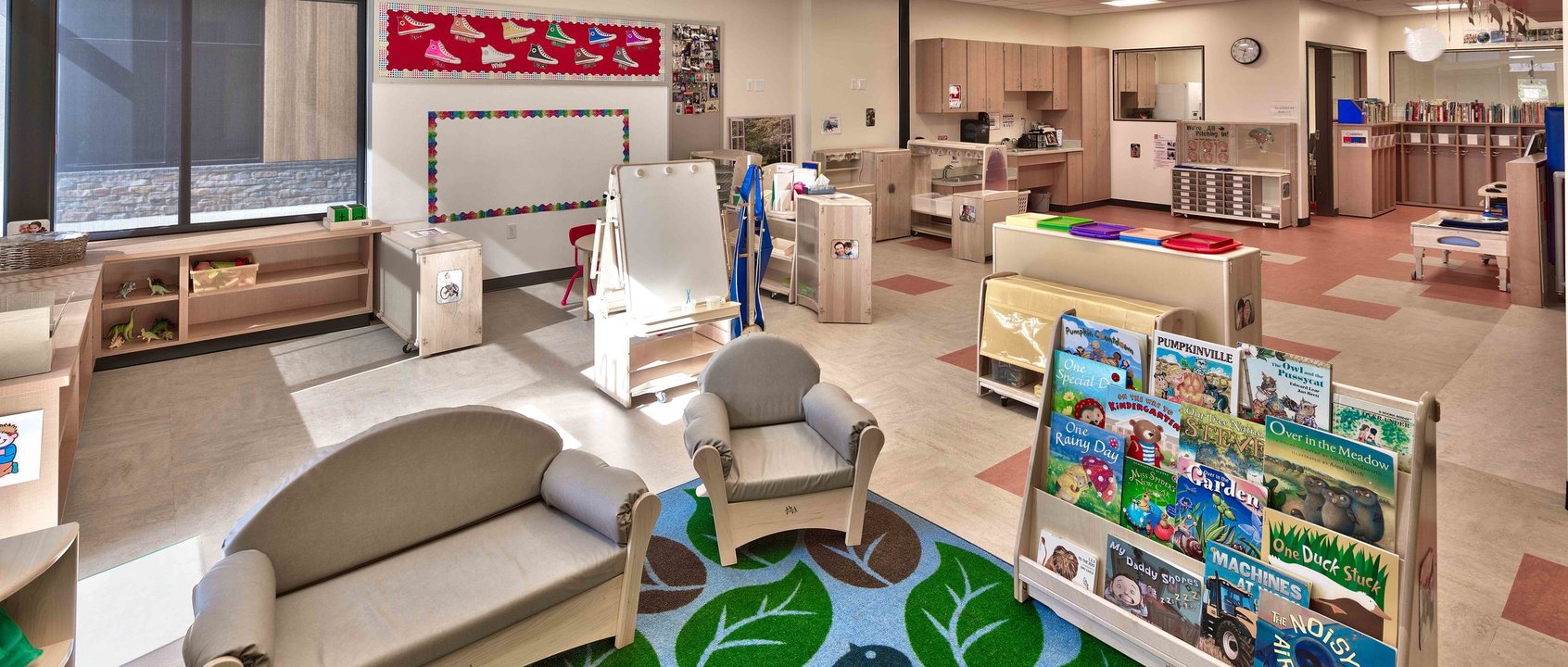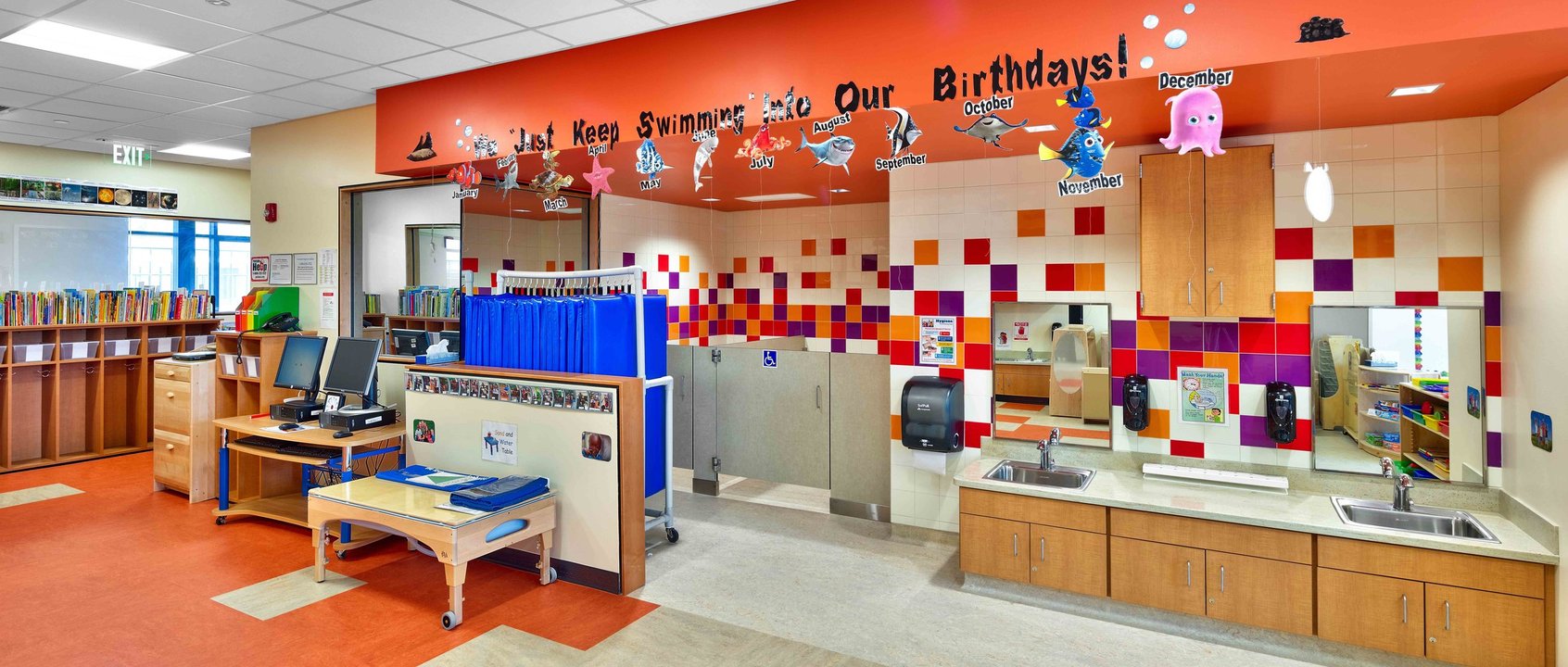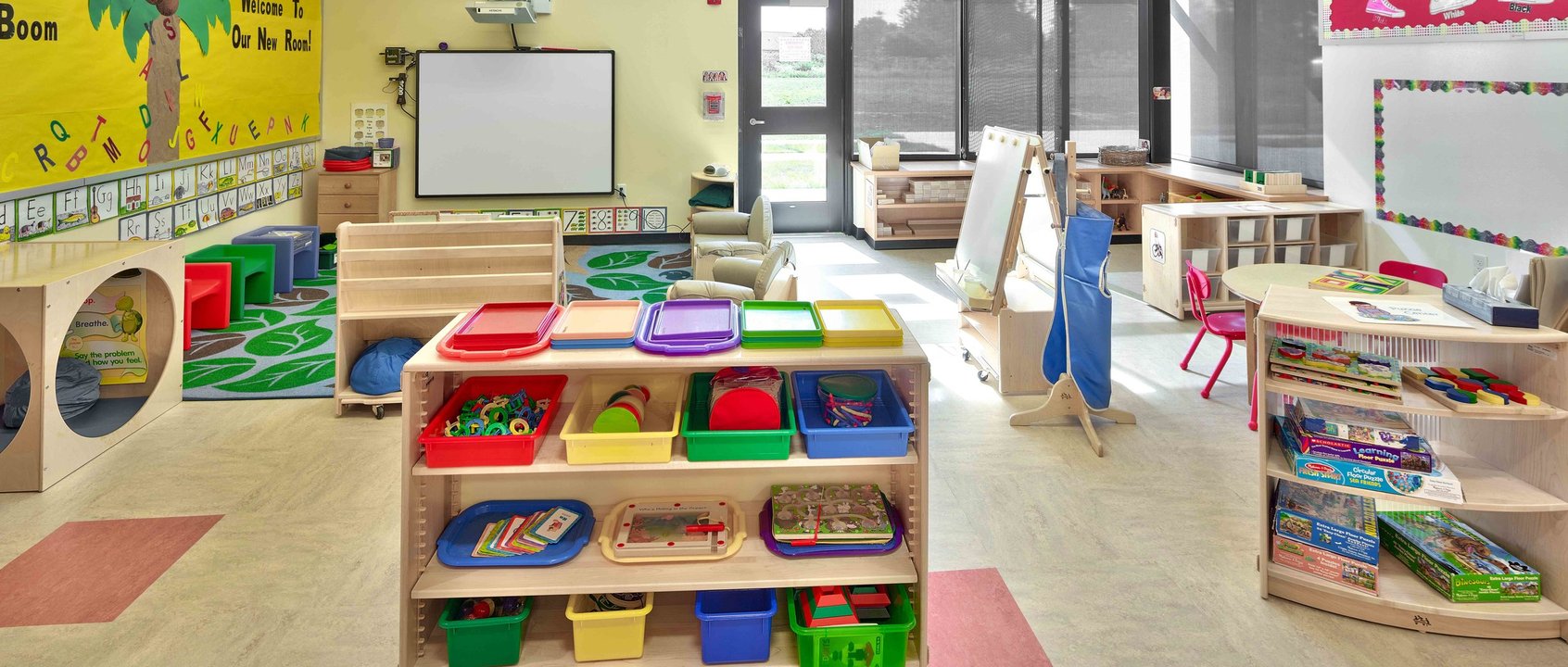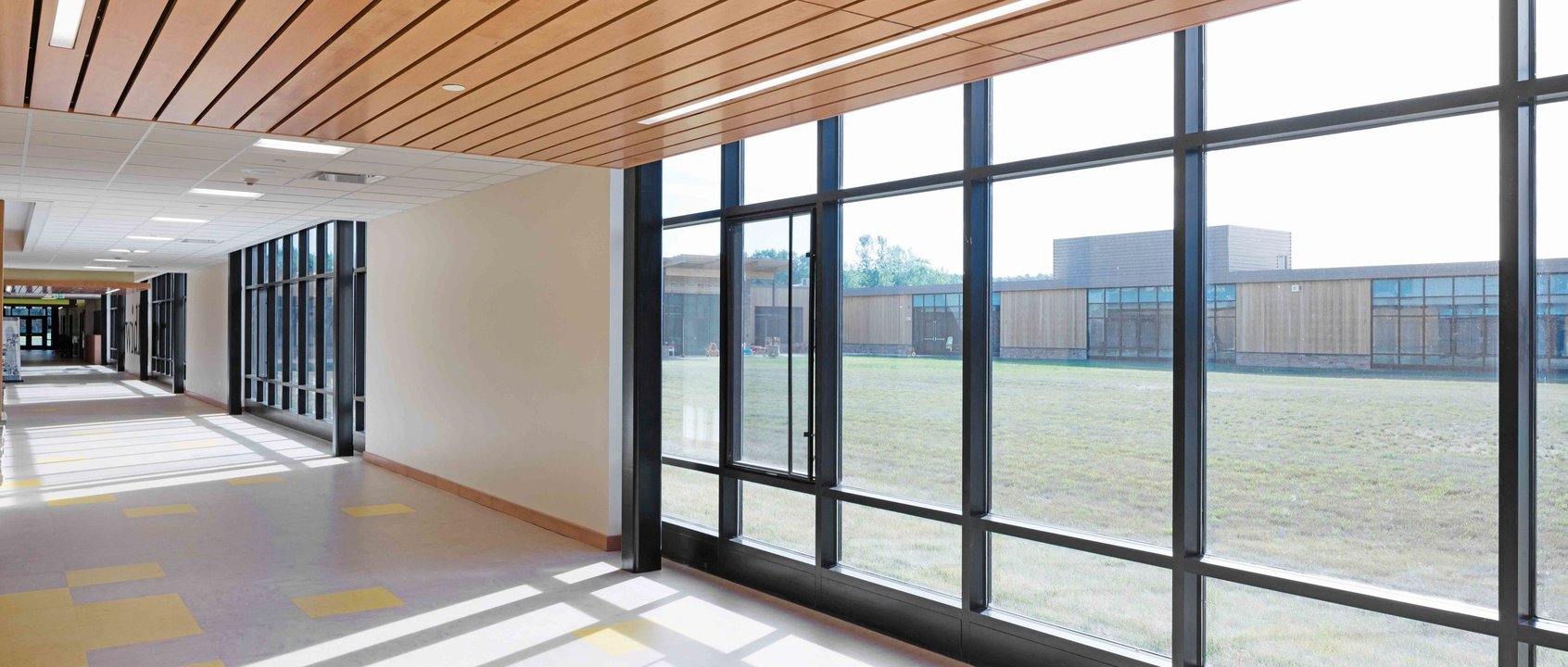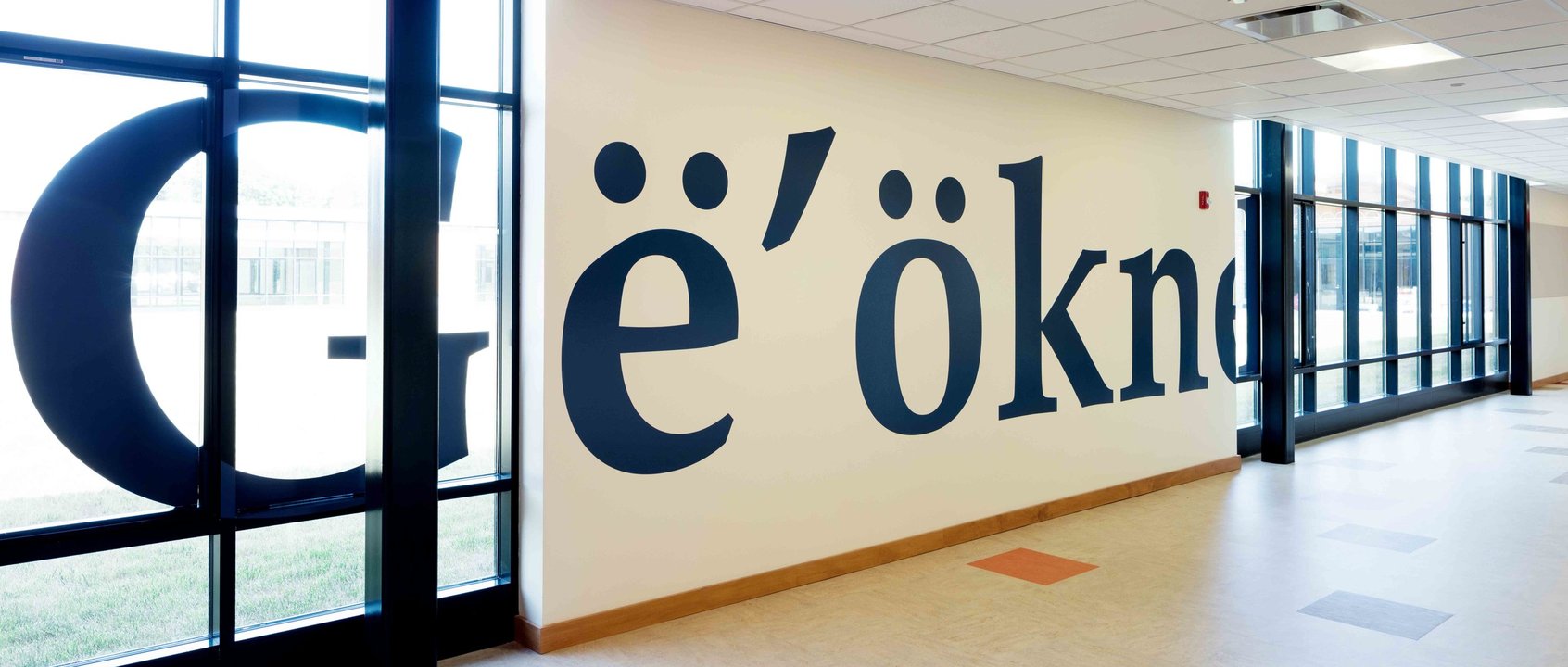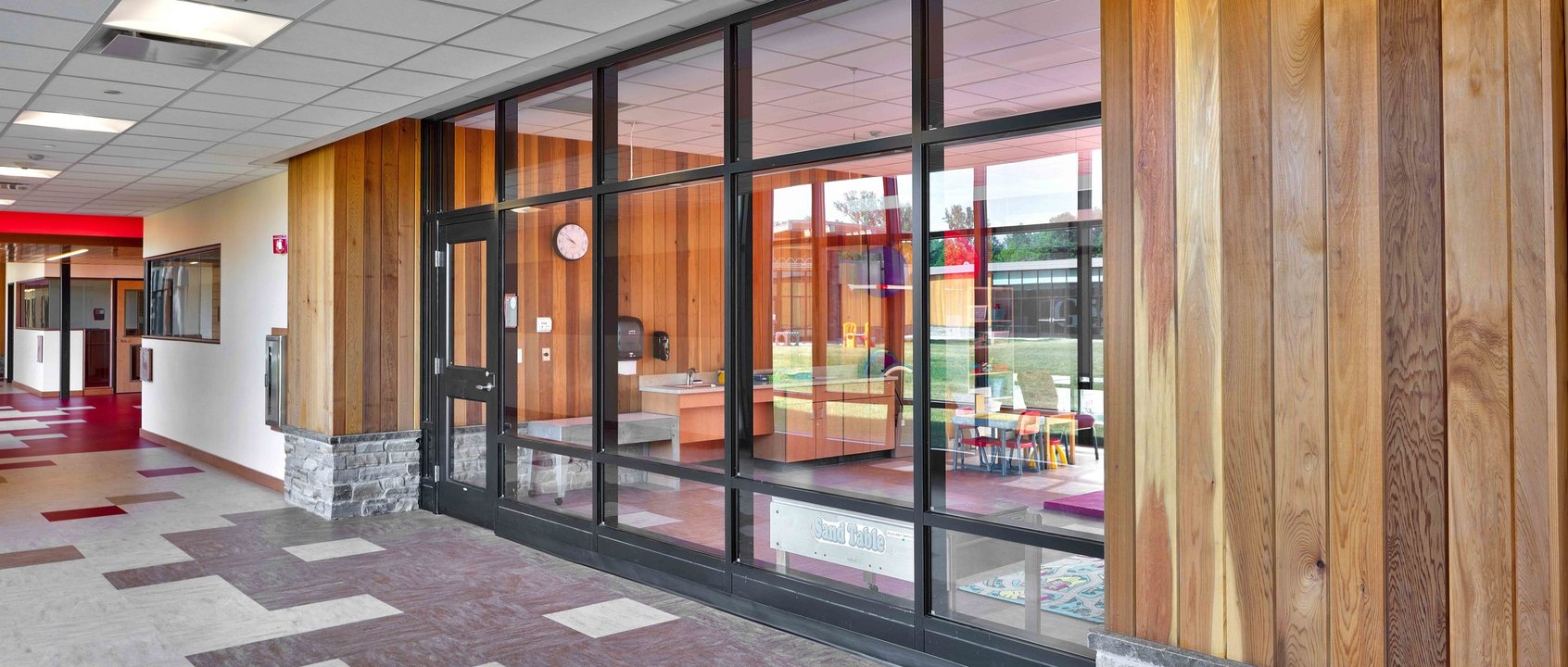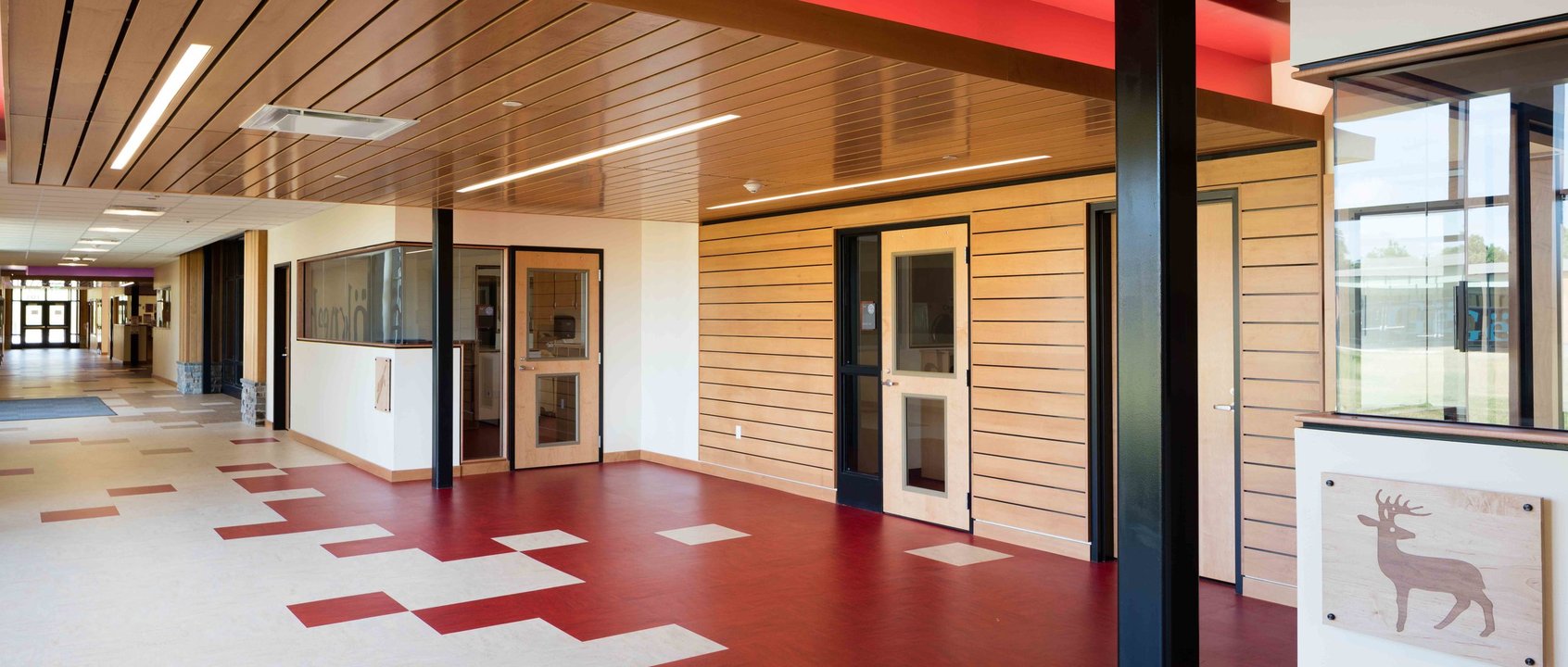
Background and Context
The Seneca were the largest of six Native American nations that comprised the Iroquois Confederacy or Six Nations - a democratic government that pre-dates the US Constitution. Known as O-non-dowa-gah, (pronounced: Oh-n'own-dough-wahgah) or "Great Hill People,” the historical Seneca lived in longhouses on riversides and relied heavily on agriculture for food, growing the Three Sisters: corn, beans, and squash, which were known as Deohako,(pronounced: Jo- hay- ko). Today, the Seneca Nation of Indians has a total enrollment of over 7,800 members and holds title to five reservations in New York - Cattaraugus, Allegany, Oil Spring, Niagara and Buffalo. Unlike many other Indian nations, the Seneca Nation owns their territories. Most other Indian territories are held in trust for each nation by the U.S. government.

The Seneca Nation of Indians believe education is a life-long, empowering process that is multi-cultural, multi-generational, and respectful of physical, emotional, spiritual and intellectual wellness. Seneca culture and values remain strong and intact, however the number of fluent Seneca language speakers is decreasing and the language is considered at-risk. As part of a larger effort to put programs in place that would help protect, preserve and develop a new generation of Seneca-language speakers, the SNI Tribal Council determined that two early childhood learning program would be developed to address both the educational needs of this age group and the wider cultural imperative.
This Early Childhood Learning Center (ECLC) is a family oriented program with goals applying to students, families and the community.

Design Response: Seneca Cattaraugus
he new building on the Cattaraugus Reservation was designed to serve a growing population of children between the ages of 6 weeks and Grade PreK/K. The facility serves as a center for childhood development and education, health services, and cultivation of the Seneca language and traditions. Existing programs – Daycare and Head Start – also include to an After School program, which serves children up to age 13. While these programs were retained and enhanced, two additional programs - Seneca Education and Seneca Language - were added. In response to desire to support community involvement and multi-generational interaction, joint uses were accommodated without impact to student safety or the identity of the early childhood programs.

Seneca culture was seamlessly integrated into the school’s design, reflecting and celebrating the Nation’s rich history and enhancing learning opportunities for students. The school’s “Food is our Medicine” project, a partnership between the Seneca Nation of Indians and the Seneca Diabetes Foundation influenced design of interior spaces. All landscape plantings are exclusively comprised of local indigenous species and a variety of sustainable design considerations have been incorporated.
Entry into the building is from the west (the Seneca became known as the “Keepers of the Western Door”) and leads into the Cultural Commons multifunctional community space. Exposed wood structure is a modern interpretation of the traditional longhouse construction. Large operable glazed openings connect the Cultural Commons to a central courtyard, intended for both outdoor learning activities and community cultural events. Arrayed around the courtyard are classroom clusters organized in groups of three, referential of the Three Sisters story. There are eight of these clusters which are each designated with an engraved sign bearing the symbol of one of the Seneca’s eight clans. The connecting corridor wraps the central courtyard on all four sides, and the interior finishes are representative of the counterclockwise cycle of four seasons (the Seneca cosmological perspective of the rotation of seasons is opposite that of Western culture) that is the organizational datum for the Seneca way of life.

Goshe:neh – Winter
Gegwidekneh – Spring
Gehe:neh – Summer
Ge′okneh – Autumn


Design Response: Arts and Learning
JCJ Architecture’s successful work with the Tribe at the Seneca Early Childhood Learning Center led the SNI to retain the firm to undertake this adaptive re-use project in Salamanca. The design transforms the closed Seneca Elementary School building into a “multi-generational Seneca learning center” and eliminates the waiting list for children to gain access to the SNI early childhood programs
The building accommodates an Early Childhood Learning Center, the Nation’s education administration offices, a language and cultural center, museum collections and archives and a Center for Business Growth. The building assists the Nation in capitalizing on the many benefits of having all of these services consolidated under one roof.

As a true Center for Arts & Learning, the programs within the building take advantage of the approximately 10 acre site. With minimal alterations to the exterior and the 10 acre site, the project included small play yard and minimal exterior updates. In order to clearly identify the main entry and create a stronger sense of arrival, a canopy constructed of stone piers and timber was designed to create a place for a drop off/pick up. This area creates a “point of pause” in the morning as the students arrive for school. There are benches along the entry path that give opportunity for parents to sit with students and prepare them for the day ahead as well as a covered, protected place for them to wait for the students to exit the building at the end of the day. In each of the piers of the canopy is a symbol of one of the clans, providing a gentle daily reminder that everyone at the school is part of an important, bigger Nation.

We honor our ancestors and we begin this new journey into the future. This facility is going to give us a new path to rebirthing our Seneca language, culture and traditions
– Steve Gordon, Allegany Councilor.
Resources:
Seneca Nation of Indians: Culture
Seneca Nation of Indians: Birth of a Nation
Results
At the school’s ribbon cutting, SNI Treasurer Todd Gates spoke about the importance of the community’s investment in their children’s future.“We all have a piece in this,”Gates said “These are labors of love, really. You can’t express the pride that a lot of these people have in this building for the kids, for the elders and for the culture that we’re going to preserve.”
The Seneca Nation’s pride in this building is evident when speaking with the many elders that previously attended this very building and who now have capitalized on the opportunity to revitalize and reinvent the existing building to provide a state-of-the-art educational facility for their own grandchildren.

